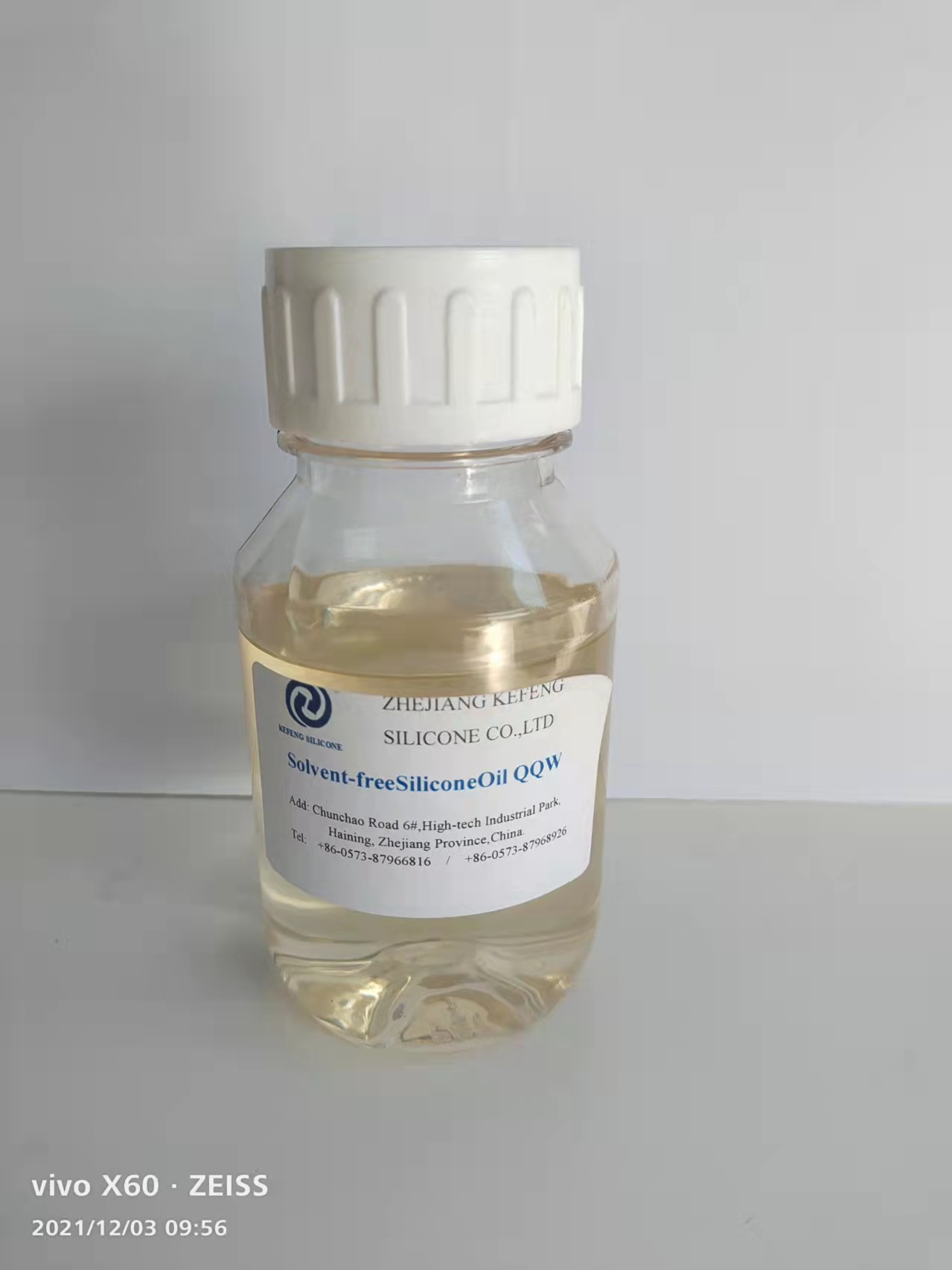

Views: 3 Author: Site Editor Publish Time: 2023-12-29 Origin: Site

Textile manufacturers are always on the lookout for innovative solutions that can help in reducing processing time and enhancing efficiency. Fast-acting textile enzymes have emerged as a game-changer in the industry, enabling manufacturers to save time while also improving the quality of their products.
These enzymes are biocatalysts that promote the breakdown of complex fibers, leading to faster enzymatic treatment. They are specially designed to target specific fabric types, such as cotton, wool, and silk. This specificity ensures that they do not harm the fabric while effectively breaking down the fibers.
Fast-acting textile enzymes are incredibly versatile and can be used in a wide range of applications, from desizing and scouring to bleach clean-up and bio-polishing. The enzymes work by loosening the fabric's surface fibers, making it easier to remove impurities and giving the final product a smooth and silky finish.
One of the major advantages of using fast-acting textile enzymes is reduced processing time. Standard processing methods require several hours to complete, while the use of enzymes can cut down the time to as little as one hour. This reduction in processing time translates to increased productivity and reduced energy consumption, making it an eco-friendly solution for textile manufacturers.
Moreover, fast-acting textile enzymes are gentle on fabrics, thereby reducing fabric damage caused by harsh chemicals and mechanical processes. This gentleness not only improves the fabric's overall quality but also contributes to the longer lifespan of the textile.
Another advantage is that it is cost-effective. Since fast-acting textile enzymes require less production time, they lead to significant savings on labor costs. Additionally, reduced processing time means that energy costs are also reduced.
In conclusion, the use of fast-acting textile enzymes has become a game-changer in the textile industry. With their ability to reduce processing time, improve efficiency and quality, and cut costs, they are fast becoming the preferred option for textile manufacturers worldwide.
